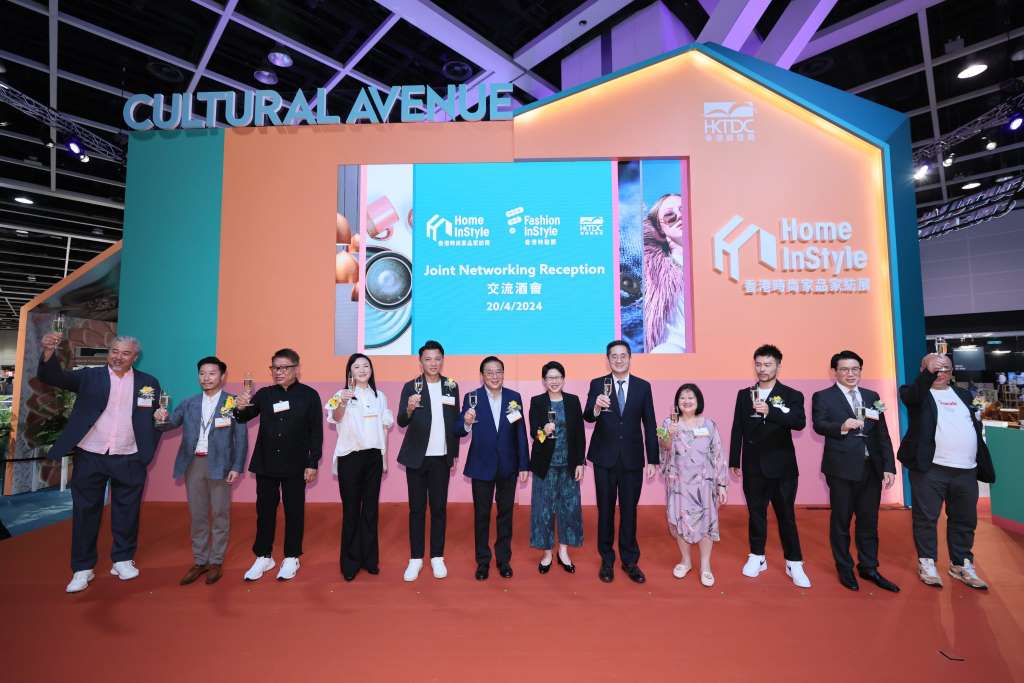Bangladesh’s textile industry is known for its poor pollution control. Factories spew pollutants into local environs, disregarding their obligation for proper waste management. Considering the present level of release of untreated water into water bodies, it is estimated that every year from 2021 water bodies would receive 20,300 crore liters of untreated water. Such toxic industrial wastewater would threaten fisheries, biodiversity, and groundwater. Currently, textile industries use, on an average, 120 liters of water to dye and wash a kilogram of fabrics, and effluents are discharged into nearby rivers or wetlands without proper treatment.
Bangladesh has around 450 spinning mills, 1,200 weaving factories, and around 5,000 export-oriented dyeing and finishing factories. There are several thousand small dyeing and finishing factories catering to the needs of local markets as well. Only 1,376 textile factories have installed effluent treatment plants in their factories though Bangladesh has made effluent treatment plants mandatory for all plants in the textile industry and the leather industry.
Factories pumping out water for washing and dyeing fabrics have caused groundwater levels to drop in several apparel-industrial belts. Rivers and water bodies close to textile industrial zones are the major receivers of unprocessed effluents. Waste is dumped into rivers without being treated.
Pollution mars Bangladesh RMG sector’s safety record
- 1
- 2
- 3
- 4
- 5
- 6
- 7
- 8
- 9
- 10
China's luxury e-com boom fizzles as shoppers drive up returns
China's luxury e-commerce market, once a golden goose for high-end brands, is facing a new challenge: skyrocketing return rates. Shoppers... Read more
Dynamic growth and evolution of the women’s apparel market
The Women’s Apparel market stands as a dynamic force within the global fashion industry, embracing a plethora of clothing and... Read more
Bangladesh shifts cotton sourcing from India to Africa, as it impact global cott…
Bangladesh, the world's second-largest garment exporter after China, is undergoing a significant shift in its cotton import strategy. Traditionally, India... Read more
Global Apparel Trade Slowdown: Waning consumer demand paints bleak economic pict…
Wazir Advisors April 2024 report on global apparel trade paints a worrying picture, with major markets like the US, EU,... Read more
China's fabric exports to India shrink with rising domestic demand
While China remains the world's leading textile producer, its grip on India's fabric import market appears to be loosening. Data... Read more
Levi's makes big bet on DTC sales, embraces baggy denim trend
Levi Strauss & Co. (Levi's) is experiencing a positive shift in its business strategy, with a strong focus on direct-to-consumer... Read more
Fashion InStyle, Home InStyle showcase lifestyle trends and sustainability effor…
The Hong Kong Trade Development Council (HKTDC) is hosting a week-long extravaganza of lifestyle products and creative industries, featuring two... Read more
Shenzhen Underwear Fair (SIUF) Wraps Up Showcasing Expanding Focus: Beyond linge…
The 2024 China (Shenzhen) International Brand Underwear Fair (SIUF) concluded yesterday, April 21st, marking the end of a three-day event... Read more
H&M's shift from recycled bottle polyester and what it means for circular fa…
In a significant move Swedish fashion giant H&M has recently moved away from recycled polyester derived from plastic bottles and... Read more
China's apparel and textile industry defies expectations with Q1 growth boom
China's economic performance in the first quarter of 2024 surprised many exceeding expectations with a 5.3 per cent GDP growth.... Read more












